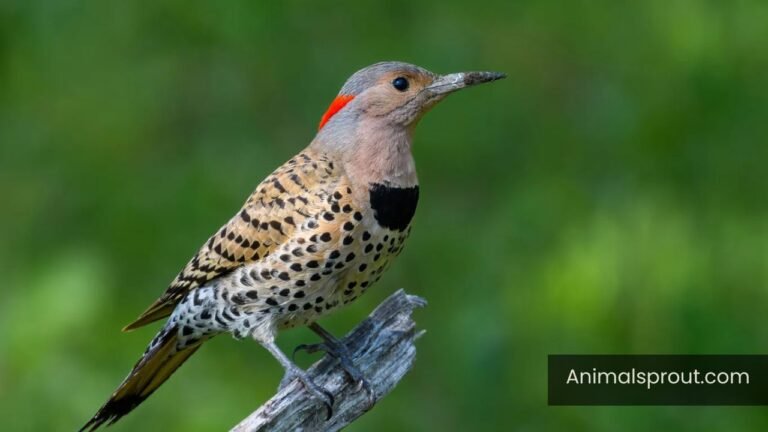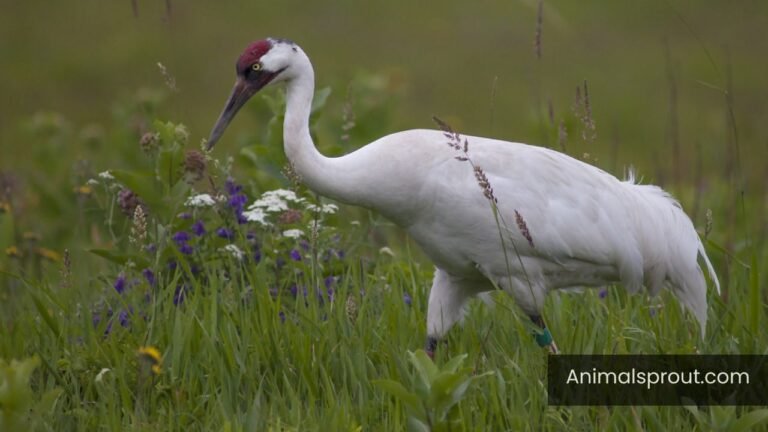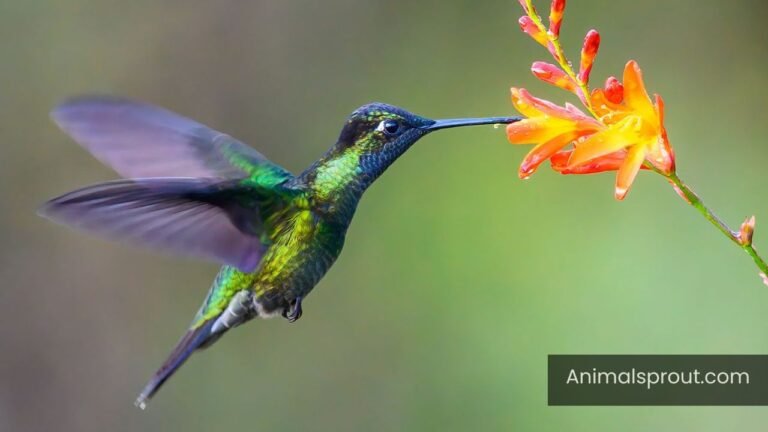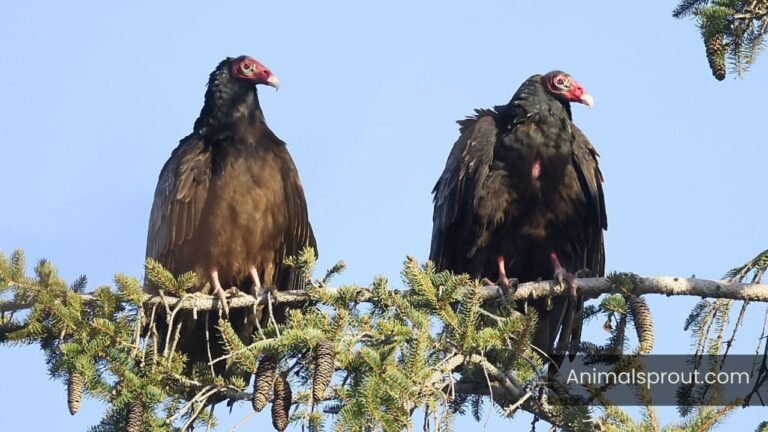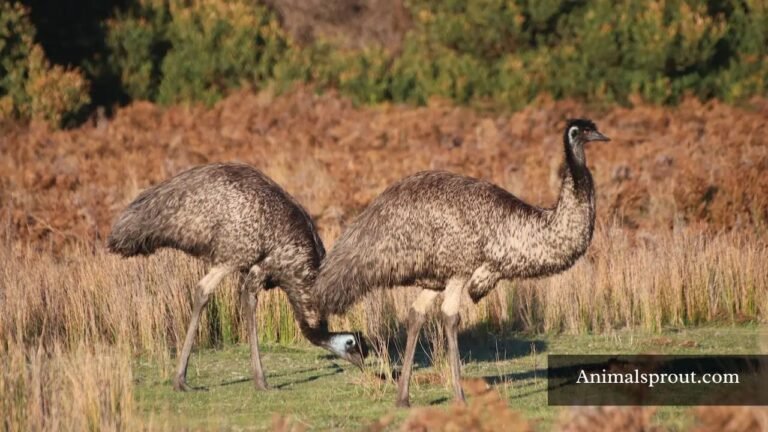Cormorants In Michigan (2 Known Species)
Did you know that cormorants, once seen as a rare sight in Michigan, have rapidly become a common feature along the Great Lakes? These fascinating birds play a crucial role in the local ecosystem, but their growing population has sparked debate among conservationists and fishermen alike.
In this article, we’ll explore the rise of cormorants in Michigan, their impact on the environment, and what it means for local wildlife and recreational activities. By the end, you’ll understand both the beauty and the controversy surrounding these remarkable birds.
Cormorants In Michigan
Here are the cormorants that live in Michigan:
- Double-crested Cormorant
- Neotropic Cormorant (Rare)
Double-crested Cormorant
Scientific Name: Nannopterum auritum
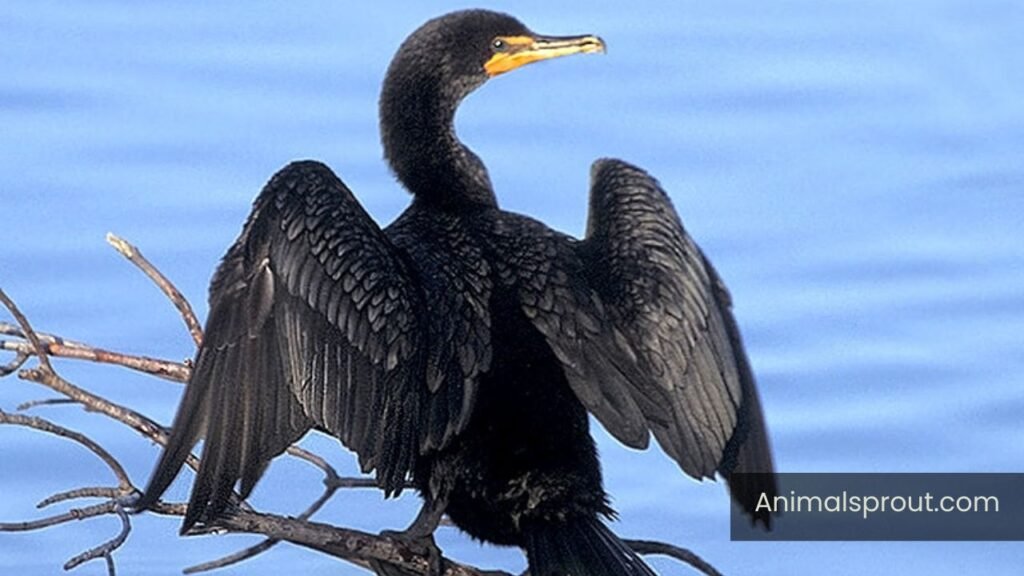
Identification
The double-crested cormorant is a striking bird that can often be spotted along Michigan’s lakes and rivers, particularly during the warmer months. This aquatic avian boasts a sleek, elongated body adorned with glossy black feathers that shimmer in the sunlight. Its most distinctive feature, however, is the pair of small crests that emerge on its head during the breeding season, giving this species its name. Observers may also note the bright orange-yellow skin around its face and throat, which contrasts vividly with its dark plumage.
Related article: Are There Badgers In Michigan?
Range
Primarily found along the Great Lakes and their tributaries, these birds thrive in both freshwater and brackish environments. Their range extends across the state, from the bustling shorelines of Lake Michigan to the serene depths of smaller inland lakes and rivers. This adaptability not only showcases their resilience but also highlights the importance of diverse habitats in supporting avian life.
The Double-crested Cormorant, known for its striking silhouette and fishing prowess, boasts a range that extends far beyond the shores of Michigan. These adaptable birds thrive in diverse aquatic habitats, from coastal areas along the Atlantic and Pacific Oceans to inland lakes and rivers across North America.
Diet and Foraging Habits
The Double-crested Cormorant, often seen gliding gracefully over Michigan’s lakes and rivers, has a diet that reflects its adaptability and keen hunting prowess. Primarily piscivorous, these birds feast on a variety of fish species, including perch, bluegill, and even the elusive northern pike. What sets them apart is their remarkable foraging technique; diving to depths of up to 25 feet, they can hold their breath for several minutes as they pursue their slippery prey. This impressive hunting ability not only showcases their physical agility but also highlights their critical role in maintaining the ecological balance of aquatic ecosystems.

Interestingly, the cormorant’s foraging habits extend beyond just fish. They are known to consume crustaceans and amphibians when fish are scarce, demonstrating their opportunistic nature. Their voracious appetite can sometimes lead to conflicts with local fisheries, prompting discussions about their impact on sport fish populations. Yet, it’s essential to recognize that their presence can also indicate a healthy ecosystem, as they thrive in well-balanced environments.
Where to Find This Bird
The Double-crested Cormorant, with its striking black plumage and distinctive orange throat patch, is a bird that thrives in Michigan’s diverse aquatic ecosystems. These remarkable birds can often be spotted along the shores of the Great Lakes, where they nest in colonies on rocky islands or tree-lined coastlines. Notably, areas like the Les Cheneaux Islands and Thunder Bay National Marine Sanctuary offer ideal habitats, providing ample fish for their diet and sheltered spots for nesting.
In addition to the larger lakes, cormorants are frequently seen at inland waterways such as the Huron River and the many serene lakes scattered throughout the northern part of the state. For birdwatchers seeking an up-close experience, consider visiting parks like Stony Creek Metropark or the wetlands of Pointe Mouillee State Game Area. Here, you can witness their unique diving and fishing techniques, as they plunge into the water with surprising agility.
Neotropic Cormorant (Rare)
Scientific Name: Nannopterum brasilianum
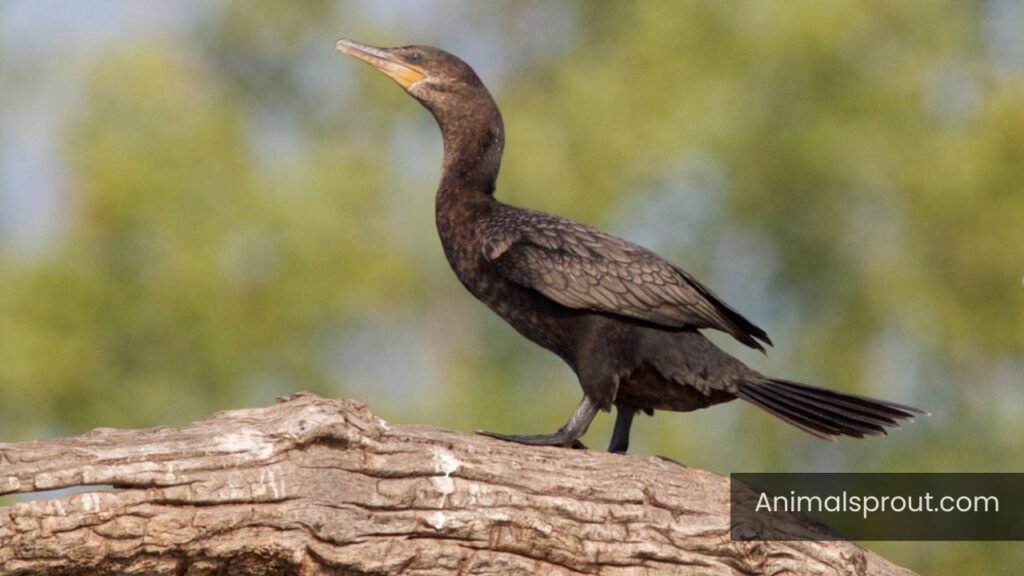
Identification
The Neotropic Cormorant is a striking bird that captivates birdwatchers and casual observers alike with its unique appearance. Distinguished by its slender body and long neck, this cormorant showcases a glossy black plumage that shimmers with subtle green and blue hues under sunlight. During the breeding season, adult males sport distinctive white facial markings and a prominent crest, making them even more visually arresting. Their hooked bills are perfectly adapted for catching fish, which is primarily what they feed on, further emphasizing their aquatic lifestyle. Unlike their more common cousin, the Double-crested Cormorant, Neotropic Cormorants tend to have a more graceful silhouette and a slightly smaller stature.
Related article: Explore Cranes In Michigan.
Range
The Neotropic Cormorant, a striking bird known for its sleek black feathers and distinctive long neck, has been gradually expanding its range into the Great Lakes region, including Michigan. Traditionally found in warmer climates of Central and South America, this species has made its mark in areas where water bodies offer abundant fish and suitable nesting sites. Observers are increasingly spotting these cormorants along the shores of Lake Michigan and its tributaries, signaling a shift in their migratory patterns that could be tied to climate change and habitat availability.
Diet and Foraging Habits
The Neotropic Cormorant, a striking figure against Michigan’s waterways, showcases a fascinating blend of adaptability and skill in its foraging habits. This bird is particularly adept at fishing, often diving deep into lakes and rivers to catch a variety of aquatic prey. While many might assume their diet is limited to fish, these cormorants have been observed indulging in an array of crustaceans, amphibians, and even small mammals when the opportunity arises. This versatility not only underscores their role as opportunistic feeders but also highlights their ability to thrive in diverse habitats.

One of the most intriguing aspects of the Neotropic Cormorant’s foraging behavior is their communal hunting technique. These birds often gather in groups, using coordinated dives to corral schools of fish into tighter spaces, making it easier for them to snatch their meals. This social approach not only enhances their hunting success but also fosters a unique dynamic among the flock.
Where to Find This Bird
The Neotropic Cormorant, a striking bird with glossy black plumage and a distinctive long neck, is increasingly making its presence known in Michigan’s diverse ecosystems. To spot this elegant waterbird, head to the shores of the Great Lakes, particularly around areas like Lake Erie and Lake Michigan where abundant fish populations attract cormorants. Wetlands and rivers, such as the Huron River, are also prime locations; these habitats provide both nesting sites and ample feeding grounds.
For an unforgettable experience, visit the marshes of the Pointe Mouillee State Game Area during spring or early summer when the cormorants are most active.
Readmore: Explore Vultures In Michigan.
Final Words
Cormorants have become an integral part of Michigan’s ecosystem, showcasing both their beauty and adaptability. While some may view them as a nuisance due to their feeding habits, it’s important to recognize their role in maintaining the balance of aquatic life. Efforts to manage their populations should be approached with caution, ensuring that we protect both the birds and the environment they inhabit.
By fostering a deeper understanding of these fascinating birds, we can appreciate their significance in our natural world. Let’s work together to coexist with cormorants and safeguard Michigan’s rich biodiversity.
FAQs
Are there cormorants in michigan?
Yes, there are cormorants in Michigan.
What is the rarest bird in Michigan?
The rarest bird in Michigan is the Kirtland’s Warbler. This small songbird is known for its distinctive yellow underparts and is primarily found in young jack pine forests.


